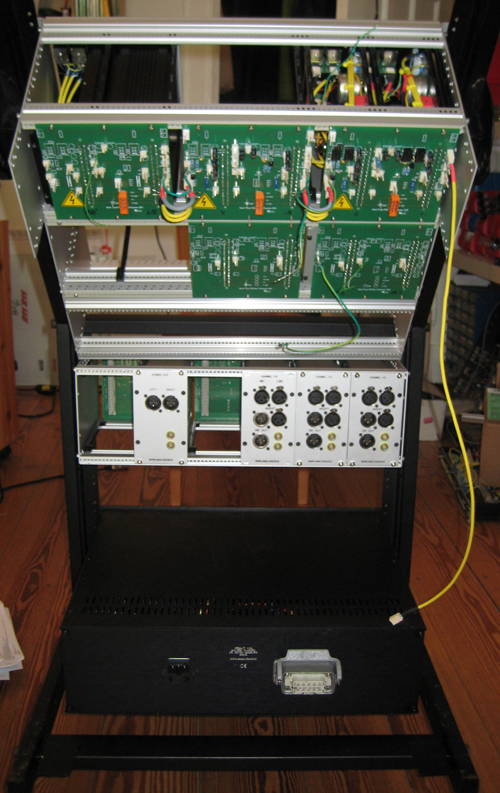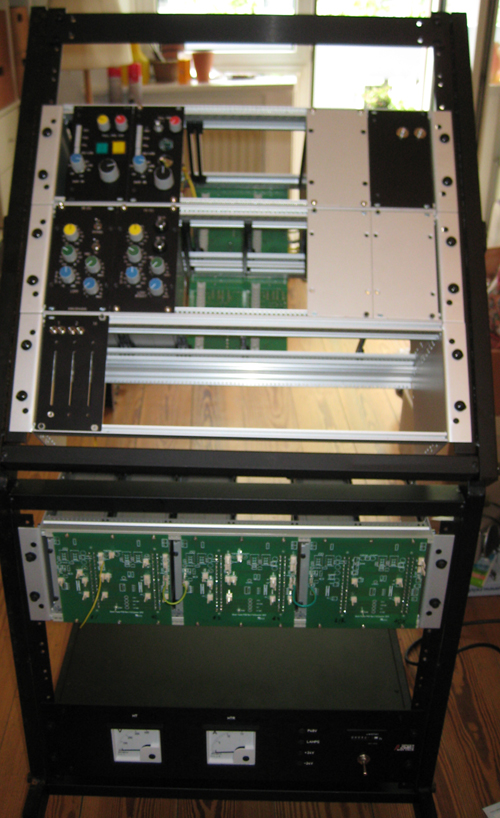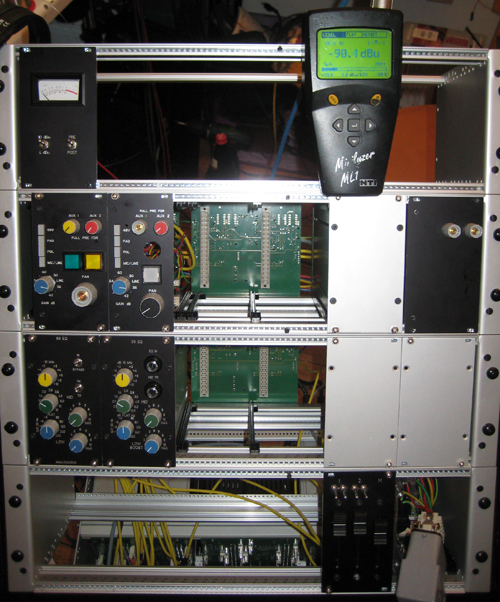ramshackles said:Elma has some pretty good resources on eurocard specs & dimensions if you are interested:
http://www.elma.com/services/us-resources/eurocard-specs/
I was wondering if you know whether it would be possible to mount a PCB at 90 degress to a eurocard, along the front plate in order to mount switches/pots etc and associated components (i.e for switched volume controls) ? Could it be fixed using the same brackets that fix the eurocard to the front plate?
I don't see why not, you probably can use cheaper generic brackets. You will probably need to drill the pcb as well. Maybe have it fixed to the front plate instead with risers....How will you connect the daughter board to the main board?
Thanks for the link,
Pierre










